Call Numbers
The call number of a book is its address in the library. Usually the call number is located on the spine of a book and has at least two lines. Sometimes it has all letters and no numbers. Below are examples of some typical call numbers. Your library may use others. Ask the librarian.
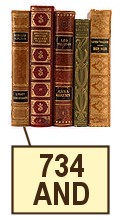 |
Nonfiction If the first line of the call number is made up of numbers, the book is in the nonfiction section of the library. Nonfiction books contain information that is true. All books with the same number are about the same topic. The second line of the call number is the beginning letters of the author's last name. If the Dewey numbers are exactly the same for two books, those two books will be in alphabetical order by the second line of the call number. So in this example, 734 tells me that this is in the nonfiction section about sculptures. The AND tells me that the author's name begins with "And" as in Anderson. |
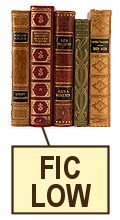 |
Fiction If the first line of the call number of the book is FIC, the book is in the fiction section. Fiction books are stories that are not real; they were imagined by the author, and in most cases, are not based on fact. The second line of the call number is the beginning letters of the author's last name. Books may be written by different authors with names that start with the same three letters (LOWRY and LOWMAN). So in this example, FIC stands for fiction and LOW stands for the author's last name. |
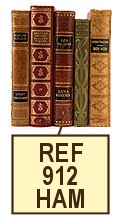 |
Reference If the first line of the call number is REF, the book will be located in the reference section of the library. Encyclopedias, atlases, dictionaries, and almanacs are the kinds of books in this section. Sometimes books in the reference section may not be checked out so must be used in the library. The second line of the call number is the Dewey number that indicates the subject of the book. It is the same number as books on the same topic in the nonfiction section. The third line of the call number is the beginning letters of the author's last name. Books with the same Dewey number are shelved in alphabetical order by this line. So in this example, REF stands for reference. 912 tells me that this is in the reference section about geography. HAM stands for the author's last name, Hammond. |
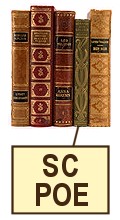 |
Story Collection The first line of this call number stands for story collection. This is the section of the library where books with short stories are shelved. Some libraries put story collections in the 800's section. So in this example, SC stands for story collection POE stands for the author's last name, Poe. |
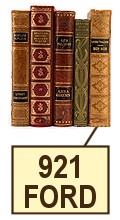 |
Biography Biography books tell the life of one person. Biography books have the Dewey number 921 as the first line of the call number. Some libraries use B for Biography; others use 92. Collective biographies, a collection of short biographies, are usually in 920. So in this example, 921 is the Dewey number for individual biographies. FORD is the last name of the subject of the book, Henry Ford in this case. |
